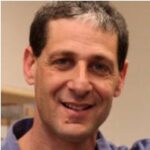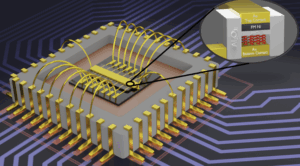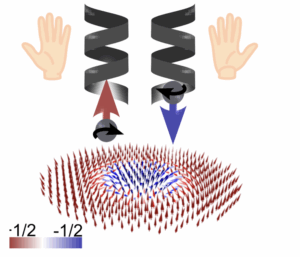On-line SPICE-SPIN+X Seminars
On-line Seminar: 09.04.2025 - 15:00 CEST
van der Waals Magnets and Antiferromagnets Interacting with Electron Spins
Daniel Ralph, Cornell University
This talk will discuss two projects. The first concerns topological insulator/magnet samples made by mechanical stacking of exfoliated van der Waals flakes. The proximity interaction of the magnet with the topological surface state allows realization of the “parity anomaly” half-quantized Hall effect state at temperatures as high as 10 K -- the first materials system with a quantized anomalous Hall signal well above liquid-helium temperature. Direct capacitive measurements also indicate a large value of the exchange gap of approximately 10 meV. We speculate the reason for the higher temperature scale compared to previous topological insulator/magnet samples deposited by molecular beam epitaxy is that even a small amount of disorder due to interfacial mixing in deposited samples can push the topological surface state away from the interface and thereby weaken the exchange coupling to the magnet. The pristine interfaces formed by mechanical stacking of van der Waals layers eliminate this intermixing.
The second project concerns 3-terminal tunnel junctions (PtTe2/bilayer CrSBr/graphite) in which the A-type van der Waals antiferromagnet CrSBr acts as the tunnel barrier. Spin-filter tunneling through the CrSBr bilayer allows direct electrical measurements of antiferromagnetic resonance in the frequency domain. Furthermore, spin-orbit torque from the PtTe2 electrode provides electrically-tunable control over the magnetic damping and resonance linewidth. We find the interesting result that the spin-orbit torque is highly local, with the spin current from the PtTe2 electrode acting only on the individual spin sublattice layer adjacent to that electrode, with a negligible amount propagating to the next van der Waals layer.
Please sign up here in order to get the Zoom link and regular announcements of the upcoming talks.
PDF file of the talk available here














